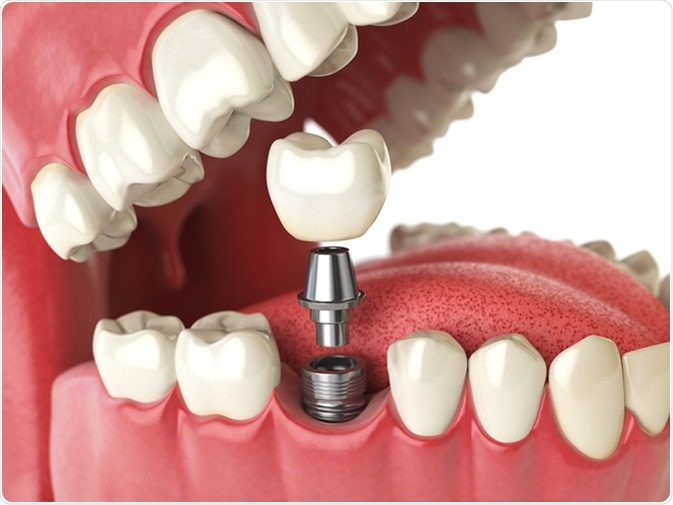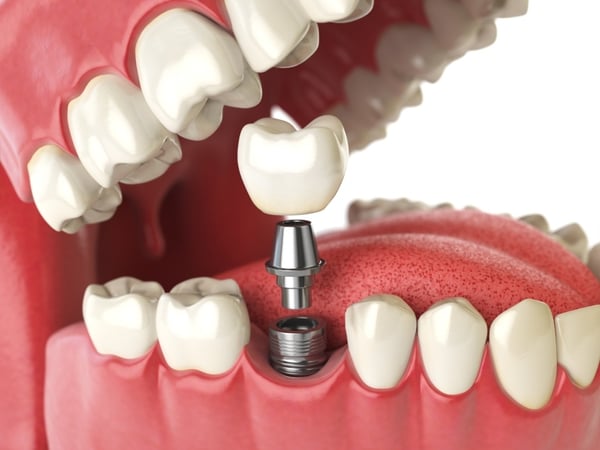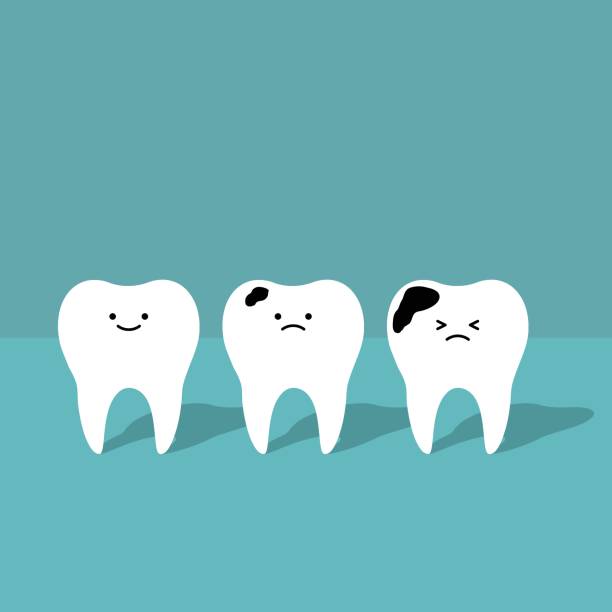The Latest Technology: Characteristics of Healing in Implant and Different Types of Implants
What are the Characteristics of Healing in Implants?
Implants are artificial devices or materials that are placed inside the body to repair damaged body parts or take the place of missing body parts. In dentistry and medicine, implants are used to support crowns, bridges, and dentures or replace joints. For implants to be successful, the body must heal and integrate with the artificial device. The characteristics of healing and types of materials used for implants have advanced in recent years to provide improved outcomes.
The main characteristics of healing in implants are:
- Biomechanical healing: The implant is mechanically attached to the body using screws, pins, or cement. There is no merging of the implant and body tissues. This carries a higher risk of the implant weakening or detaching from the body.
- Biointegration: The implant and body tissues merge together during healing. The implant is designed to promote cell growth that fully incorporates it into the bone or soft tissues. This provides a more permanent solution but requires biocompatible materials that won’t interfere with healing

What Types of Implants are Used?
The primary types of implants used are:
- Dental implants: Replace missing teeth. Typically made of titanium which fuses with jawbone through biointegration.
- Orthopedic implants: Replace or support damaged joints, bones, or skeletal parts. Can be made of titanium alloys, stainless steel, ceramics, or polymers. May use biointegration or be secured mechanically.
- Prosthetic implants: Replace missing limbs or organs. Involve mechanical and biointegrated parts which are connected to the body’s nervous system to restore functionality. Still an emerging field of research and development.
The Impact of Different Materials on Healing in Implants
For biointegration to occur, the materials used for implants must be biocompatible, or able to coexist with the body without negating the healing process. The most common materials are:
- Titanium alloys – Titanium is lightweight, durable, and promotes osseointegration, or the growth of bone around the implant. It is the preferred material for dental and orthopedic implants.
- Ceramic materials – Ceramics like aluminum oxide and zirconium oxide are hard and biocompatible. They are often used for dental crowns, bridges, and joint replacements. However, ceramics may wear down over time with constant use.
- Polymers – Plastic polymers are lightweight and can be designed to degrade over time as the body heals. They are being studied as an alternative to metal alloys for some implants. However, polymers may not be as durable as metal or ceramic implants.
WHY IMPLANT DENTISTRY SHOULD BE DONE AT HOME – 30 MILLION VIETNAMESE
- A highly skilled professional team with excellent skills and extensive experience in implant dentistry ensures that you have safe and successful implant dentistry at a 100% success rate.
- Modern German standard equipment and machinery imported directly helps accurate examination and examination of the jaw bone structure for implant dentistry.
- Using high quality German implant materials ensures sterility and avoids infection. Competitive implant dentistry prices in Hanoi.
- Master Ngoc studied in Germany for 15 years and is Vietnam’s leading implant dentist.
- The only dentist chosen and recognized by the German Embassy in Vietnam as meeting German standards.
- In addition to excellent trained doctors who have performed thousands of surgeries with a 100% success rate, we also provide patients with the best implant materials to ensure quick and long-term recovery. And we are confident that we are Hanoi’s best implant dentistry.
Whether you are considering a dental implant or another type of implant, it is important to discuss the available options with your healthcare provider to determine the best course of treatment for your needs. By understanding the different types of implants, their unique characteristics, and the impact of materials and technology on healing, you can make an informed decision about your implant treatment and achieve the best possible outcome.















